Chimney fan for improved draft: types of devices and insertion instructions
Providing traction in the chimney regardless of the weather and temperature in the house is a difficult task. In the off-season, when the house is colder than on the street, smoke stops rising through the chimney. The problem is solved either by mounting the fan in the chimney to improve draft, or by preheating the furnace with hot air.
Agree, it’s better to take care of the insert of the fan even at the stage of construction and installation of equipment, than to face a lack of traction when there are severe frosts on the street.
In this article we will tell you when it is necessary to install a fan, and when you can do without its installation. And also we will figure out how to install the device yourself.
The content of the article:
Checking the operation of the chimney
The chimney works correctly if the gases are removed from the room to the street. Reverse thrustwhen smoke enters the room from a chimney and stove - an extremely undesirable phenomenon.
Signs of poor traction are easy to spot:
- when the stove is in operation, smoke enters the room;
- gusts of wind on the street affect the movement of gases in the pipe, creating reverse direction. There are pops in the oven and ash pan;
- fuel is difficult to ignite;
- even dry wood burns slowly;
- opening the window, doors dramatically reduces traction.
It is more difficult to learn about the poor exhaust hood of a column or gas boiler. Carbon monoxide can enter the room, but is difficult to feel or see.
Breathing such a gas is deadly.
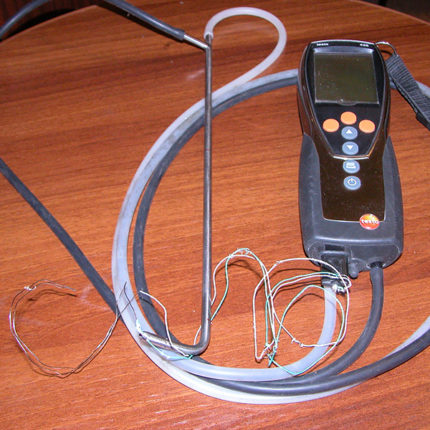
It is widely believed that the quality of the hood's work is recognized by the burning of a match or piece of paper. This method leads to an error; it cannot be used. A match emits hundreds of times less smoke when burning than firewood in a fireplace, for example. Smoke from the match will go away, but this does not mean the complete removal of the gases of the working devices.
The exact parameters of the chimney are determined using special equipment.If you do not take into account the roughness and length of the walls, the gas velocity depends on the geometry of the channel and the pressure difference in the room and in the upper part of the pipe.
The gas flow should correspond to the power of the furnace equipment, gas column and other devices. Most often, the readings of the device are in the range from 12 to 20 Pa.
Specialists can determine the parameterssmoke exhaustusing an anemometer. The device is compact, convenient to use. They measure the speed of gases. But you need to know the geometry of the passages, the cross-sectional area of the pipe.
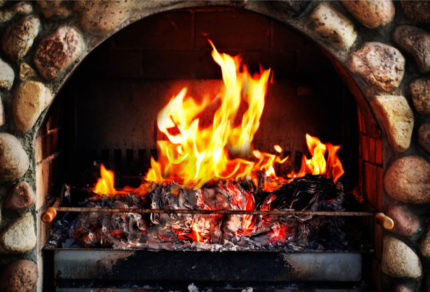
The data obtained is verified against the requirements recorded in the passport of gas or furnace equipment. If the volume of gas removal in one hour is insufficient, operate the equipment is prohibited.
Supply air valve for increased traction
Without air entering the room or directly into the stove, the chimney will not work. Window or slots in old windows - not the best method for air flow.
The disadvantages are obvious:
- Through the slits, cold air enters the room even when the stove or fireplace does not work.
- In winter, the air from the street constantly changes the environment in the room. In this case, the relative humidity drops sharply, which adversely affects health. A person’s mucous membranes dry out, conditions for colds arise.
- The window must be opened and closed manually.
It’s much more efficient to provide airflow by valve. It automatically closes when stove equipment or gas heaters are not working.
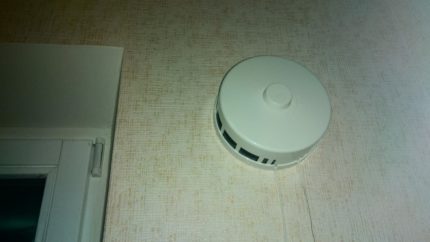
For the operation of heaters, a valve for boiler rooms is needed. The device has other characteristics than those similar in principle to the design of ventilation for a room.
The supply valve is placed diagonally or above a heated surface so that cold air rises to the ceiling. But it is best if oxygen is supplied directly to the furnace. In this case, humidity and temperature conditions in the room are not violated.
When do you need to increase chimney performance?
Poor draft is not always the only reason for working with a chimney. It may be necessary to increase the rate of removal of carbon monoxide if additional equipment is connected to the hood from the stove.
It is allowed to use a chimney to connect a speaker if the equipment is on the same floor. And if the chimney has enough to operate gas heater stock by volume smoke exhaust.
Another reason for increasing traction in the chimney is the installation of a more powerful heater. The required chimney parameters are indicated in the product data sheet.
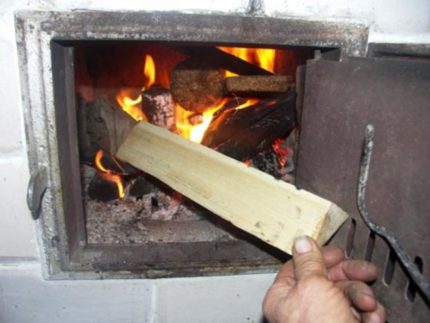
If the volumes of the removed gases do not match the capabilities of the existing system, then the chimney must be modernized.
Simple ways to increase traction
Completely change the chimney in an emergency. It’s worth starting with simpler methods.
First you need the old chimney clean soot and dirt. Use special metal brushes for this.
If during the construction phase the canals and pipe were not insulated, it is worth do it. Warm gases are removed more efficiently than cooled gases. In addition, it is necessary to exclude convective flows inside the chimney, when the air goes down the cold wall, interfering with the upward flows.
Another effective way to increase traction is to reduce the number of bends in the smoke exhaust system. Partial rebuilding of the chimney is cheaper than a complete system replacement.
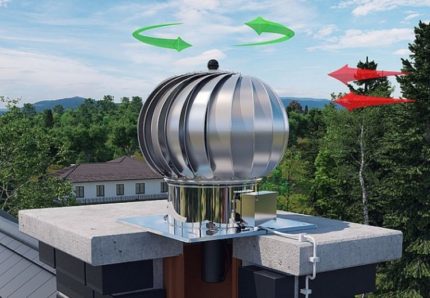
You can also use a rotational turbine. During wind, the turbine spins the impeller, providing additional vacuum at the outlet of the chimney.
An equally effective way to enhance traction is to increase the height of the chimney. The speed of the gases and, accordingly, the performance of the system as a whole depends on the height of the chimney.
We looked at passive ways to boost traction. But there is another effective method, about which below.
Fan - advantages and disadvantages
An exhaust fan is able to accelerate the air flow 3-7 times. At the same time, the amount of removed gases per unit time increases by the same amount.
Besides:
- the active system allows you to simply and at minimal cost to enhance traction;
- hood parameters are weather independent. Does not affect the hood and indoor temperature;
- conditions for reverse thrust are excluded;
- it becomes possible to control the rate of smoke removal depending on the operating mode of gas and furnace equipment. With a decrease in the power of the heaters, they reduce the fan speed.
Smoke removal requires a smaller cross-section of ducts due to the rapid movement of air. This means that an active chimney requires less material in the manufacture.
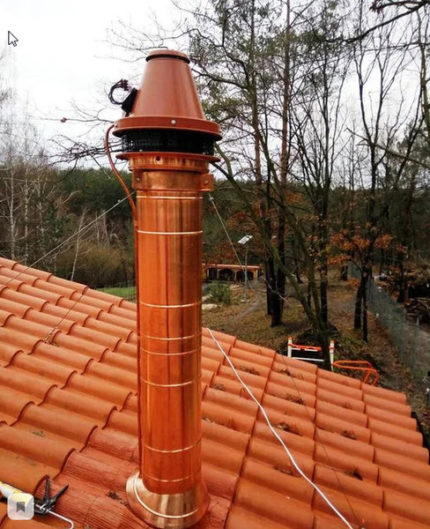
But there are also disadvantages:
- fan consumes energy. Due to this, operating costs of the heating system increase;
- you need to lead the cable to the motor. This is not so simple. An active hood is placed on the pipe, and it is undesirable to make holes for the wire in the roof;
- it is necessary to provide measures of protection against precipitation and icing of the impellers.
The listed disadvantages must be taken into account when switching to active smoke removal. Then the cons can be neutralized.
Given the positive properties of the active hood, the smoke exhaust is installed on the pipes of modern cottages, in houses, when installing fireplaces on firewood or briquettes.
Exhaust Device Requirements
Not every impeller engine is suitable for working with carbon monoxide.
Smoke exhaust should be:
- Heat resistant. It should be borne in mind that during the operation of the stove or fireplace, the smoke heats much more than in the column. The temperature of the gases from the fireplace at the outlet of the pipe can reach 300 ° C or more.
- Resistant to aggressive gases.
- Economical. During wind, the electric motor turns off. The impeller spins like in a rotary turbine.
- Water resistant. Weather conditions should not impedesmoke removal.
- Effective. The fan must provide quick removal of furnace gases at any temperature outdoors and indoors.
A duct fan is installed in the duct to remove smoke. But more often they use a smoke exhauster mounted on a pipe.
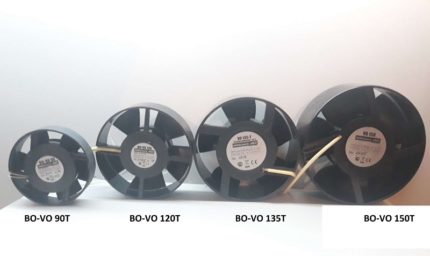
Do not confuse a fan for a chimney with a supercharged chimney in a fireplace. The latter is designed to ignite and maintain combustion in the furnace. While the boost fan is cut into the chimney, or a smoke exhauster is installed on the pipe. Modern devices for the active removal of furnace gases withstand temperatures up to 600 ° C.
Active devicesmoke exhaust controls the temperature of gases and their speed using sensors. Data is used to control the engine and ensure the safe operation of the fireplace, stove and gas equipment.
Chimney fan installation
Before installing the fan on the pipe, a number of preparatory work is necessary. The first step is to ensure safe operation at height.
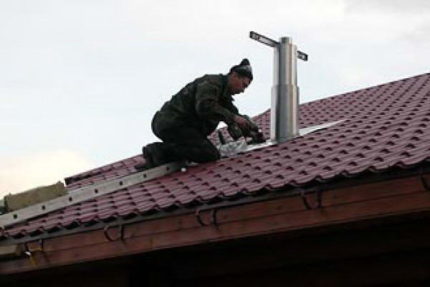
Next, mark the places on the pipe for attaching the exhaust fan, and conduct the cable to power the engine. Lay signal wires from gas equipment controllers and other power devices.
In the following steps:
- Mount the fan assembly, eliminate the cracks, check the tightness of the joints.
- Connect the power cable, connect the sensors to the wires.
- They supply power voltage, start the smoke exhaust.
- Check with the help of measuring instruments the parameters of the carbon monoxide removal system.
- Complete the installation work, remove the device from the roof.
- Connect sensors to power plant control systems.
- Turn on gas equipment, stoves, fireplaces and check once again the effectivenesssmoke exhaust.
For the operation of the smoke exhauster, mounted on top, conduct the cable and wires through the roof. This is not always convenient. If you do not need to install a product with the function of a rotational turbine, buy a ducted high-temperature fan to remove furnace gases.
Insert the device as far as possible from the place of heating of the removed air. The algorithm for installing a duct smoke exhauster does not differ from that considered above.
Conclusions and useful video on the topic
Details on how to mount the fan in the chimney are shown in the following video:
Activesmoke removal provideshassle-free use of a fireplace and gas equipment at any time of the year. Even in summer, when the air temperature is lower than the outdoor temperature, the fireplace will not smoke.
With the help of a fan, it is easiest to increase draft, to exclude the reverse movement of furnace gases. Given that forced exhaust for a chimney reduces the cost of manufacturing air ducts, it is used in modern systemssmoke exhaust.
Perhaps you yourself had to install a fan in the chimney? Please tell our readers about this. What pushed you to install a smoke exhaust and what difficulties you had to face during installation. Leave your comments in the box below.

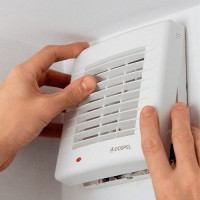 How to choose and install a fan in the bathroom + how to connect a fan to a switch
How to choose and install a fan in the bathroom + how to connect a fan to a switch 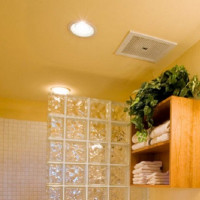 Ventilation in the bathroom in the ceiling: arrangement features + installation instructions for the fan
Ventilation in the bathroom in the ceiling: arrangement features + installation instructions for the fan  Ventilation pipes for the roof: tips for choosing a pipeline + installation instruction
Ventilation pipes for the roof: tips for choosing a pipeline + installation instruction  Exhaust fan in the bathroom: how to choose the right + installation rules
Exhaust fan in the bathroom: how to choose the right + installation rules 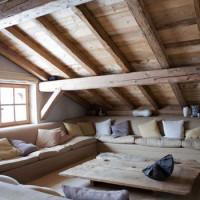 Ventilation of the roof space of the attic: design subtleties + assembly instruction
Ventilation of the roof space of the attic: design subtleties + assembly instruction 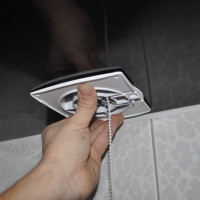 Suspended ceiling fan: features of selection and subtleties of self-installation
Suspended ceiling fan: features of selection and subtleties of self-installation  How much does it cost to connect gas to a private house: the price of organizing gas supply
How much does it cost to connect gas to a private house: the price of organizing gas supply  The best washing machines with dryer: model rating and customer tips
The best washing machines with dryer: model rating and customer tips  What is the color temperature of light and the nuances of choosing the temperature of the lamps to suit your needs
What is the color temperature of light and the nuances of choosing the temperature of the lamps to suit your needs  Replacement of a geyser in an apartment: replacement paperwork + basic norms and requirements
Replacement of a geyser in an apartment: replacement paperwork + basic norms and requirements